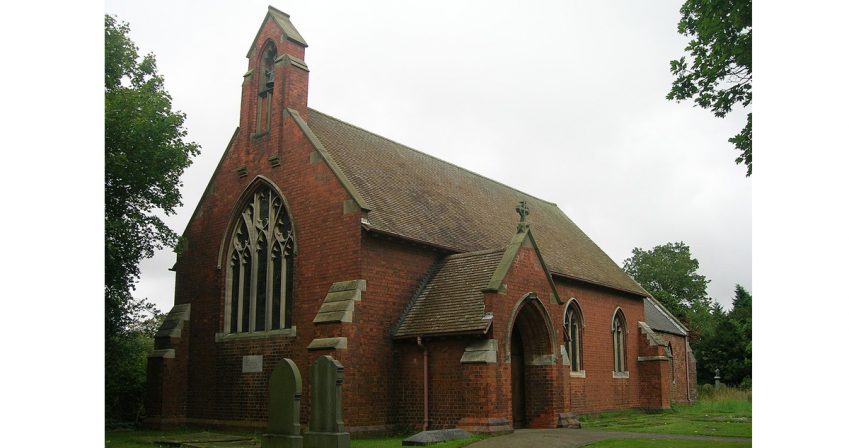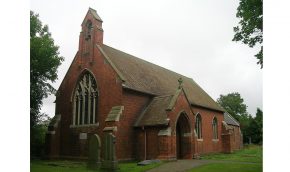Earliest known Black Middle Templar and one of the earliest formally trained Black clergymen.
Celebrating Diversity at the Bar
- Introduction
- Diversity Timeline
- Edward Akufo-Addo
- Obafemi Awolowo
- Joyce Bamford-Addo
- Solomon Brandaranaike
- Charlotte Boaitey-Kwarteng
- Joseph Ephraim Casely Hayford
- Eugenia Charles
- S Chelvan
- Thomas Morris Chester
- Learie Constantine
- Edward Cragg Haynes
- Patricia Dangor
- Coomee Rustom Dantra
- Gifty Edila
- Ezlynn Deraniyagala
- Taslim Olawale Elias
- Martin Forde
- Arthur Dion Hanna
- Ma Pwa Hmee
- Alexander Isbiter
- Sibghatullah Kadri
- Seretse Kharma
- Moleleki Didwell Mokama
- Tunde Okewale
- Ashitey Ollennu
- Vallabhbhai Patel
- Lily Tie Ten Quee
- Ponnambalam Ramanathan
- Edward Richards
- Khushwant Singh
- Manjiit Singh Gill
- Teo Soon Kim
- Leslie Thomas
- Stella Thomas
- Leonard Woodley
Home › Celebrating Diversity at the Bar › Edward Cragg Haynes
Reverend Cragg Haynes
1821 - 1883
Admission 1842, Middle Temple
Edward Cragg Haynes was born in Bridgetown, Barbados in 1821 to Richard and Catherine Haynes. A British subject, it’s likely that Edward’s paternal grandfather was a freed slave and his paternal grandmother was of white descent. Edward and his parents were therefore classed as a ‘freedman’, a term used to describe people of colour who were born free or, freed from slavery during their lifetime. They didn’t, however, enjoy the same legal, political, or social privileges as white people. They couldn’t vote or hold elective office, testify in some legal proceedings (against white people), serve on juries or become ministers in the church. Churches were segregated by race and children were excluded from parish schools. In fact, it was common for young freedmen to be send to England to be educated. A family of merchants who owned significant amount of property, Edward’s grandfather, father and uncles were slave owners, his uncles later become leading members of the anti-slavery moment, and his father had been involved in demanding civil rights for people like him.
In 1839 at the age of 18, Edward was enrolled at Kings College London to and joined the Middle Temple in 1842 and is the earliest known Black Middle Templar. His dining in Hall in 1843 was widely reported in the press as a positive example to ‘our brethren on the other side of the Atlantic’. Abandoning his plans to become a lawyer, he moved to Cambridge, matriculating at Trinity College where he studied Divinity from 1844, and in 1848 was Cambridge’s first Black graduate.


Swinefleet
After completing his BA in Cambridge, he moved to Surrey, and there he completed his religious education at Southwark Cathedral. In 1849 he was ordained as a deacon and went to serve in the small village of Drayton Beauchamp. He later studied for the priesthood and was ordained by the bishop of Oxford, Samuel Wilberforce, the son of William Wilberforce. He then moved to Swinefleet in Yorkshire.
Before he moved to Swinefleet his father died, leaving Edward a substantial amount of money in his will. In 1851, Edward established Swinefleet Grammar School for day students and boarders in the local area and outside, likely with funds from his inheritance, which he advertised in the Goole and Marshland Gazette.
In 1855, he met and married Henrietta Fowler, daughter of a solicitor, and she helped around at the school. Together they had a son, who sadly died at the age of 13 (1877).
In 1872 Edward was appointed vicar of Swinefleet, probably one of the first Black vicars in Yorkshire, one of his legacies was refurbishing the run-down church. Though repairs were only completed after his sudden death in 1883. His Obituary reads:
For several years the Rev gentleman has been very anxious to have the church at Swinefleet rebuilt and restored as for some time it has been in ruinous and dilapidated condition. The results of his efforts have been improvements of no slight character, the whole of which will be very shortly finished. The Reverend gentleman’s powers as a reader were acknowledged through the district.